On 5 August 2010, 33 men entered the remote San José mine in Chile’s Atacama desert to begin their 12-hour shift. They came out again 69 days later, to be greeted by the country’s president in front of a worldwide TV audience of around 1.2 billion. A group of workers who, in many cases, had never left the local area in their lives were now global heroes.
At the time, it was embarrassingly easy to see their rescue as simply the sort of good news that makes us all aware of our shared humanity. Héctor Tobar’s book, though, is a sharp reminder that the truth was a lot more complicated — and sombre — than that.
As their shift started, many of the men were already worried by the rumbling sounds coming from the mine, but were ordered to carry on anyway. Then, at around 2 p.m., the rumblings became a series of full-scale explosions that blocked their way out with a piece of rock twice as heavy as the Empire State Building. Despite the owners’ promises to the authorities, the chimneys that should have provided emergency exits were still missing their ladders. When the 33 gathered in the ‘Refuge’, a kind of staff room 2,000 feet below ground, they discovered food rations for two days. ‘Estamos cagados,’ said one man — which Tobar loosely translates as ‘We’re fucked.’
For the next 78 hours, they had no idea if anybody would even imagine they might be alive: the pessimists remembered a similar accident in Mexico, where the authorities snapped into action by placing a large stone in the mine’s entrance and making the whole thing a tomb. But then the sound of drilling reassured them that help was on the way — or at least it did at first. In the event, the drilling continued for an agonising two weeks without breaking through to where they were. While the drillers wrestled with San José’s out-of-date blueprints, the miners’ rations dwindled to one biscuit every other day, with dessert consisting of a single peach slice divided 33 ways. (Luckily, once they got used to the aftertaste of oil, there was always plenty of industrial water available.)
Eventually, on 22 August, a crashing noise in the tunnel outside the Refuge signalled the arrival of the drill to which they attached the famous note telling the world that they were all ‘well’. Yet, even here, as the celebrations broke out all over Chile, and as a video link and all manner of supplies began to be lowered to the men, there was more bad news. The rescue, they were told in a personal phone call from the president, could take four months — and they could hear parts of the mine still collapsing.
But once that initial contact has transformed their situation, the book itself changes too. No longer just an astonishing tale of survival, it also starts to read like a revealing, if slightly overdone satire on politics and the modern media.
Above ground, the president commissions opinion polls to find out if the minister of mining is now more popular than he is. A flamboyant Chilean millionaire shows up in a double-breasted suit to announce that he’s giving $10,000 to every miner. A lingerie giveaway is held for the wives and girlfriends — some of whom, journalists are delighted to discover, turn out to be awaiting the same men.
Below ground, hearing that they’re going to be rich, the miners request car brochures to leaf through, and fight among themselves more than ever before. After the rescue — which in fact took a little over seven weeks — Kawasaki gives each of them a flashy motorbike, with a spokesman explaining, ‘These men represent hard work, sacrifice, tenacity, the ability to overcome obstacles — qualities that are also represented by Kawasaki.’ A couple of months later, the group are invited to Disney World, where they’re photographed in faux mining helmets with mouse ears attached.
Faced with such material, many writers would surely have been tempted to get overexcited. Tobar, however, is wise enough to concentrate merely on telling the story as clearly as possible (not easy with a basic cast of 33, plus their relatives) — and on providing just the right amount of political, social, medical and religious background. The result is one of those books that somehow manages to be thrilling even though you already know essentially what happens in the end.
But it’s also, as I mentioned, extremely sad. In the final chapters, Tobar brings us up to date with what the miners are doing these days, having faded, often gratefully, from the headlines. None is rich, some are obviously still traumatised — and while it might be an exaggeration to say that the happiest of them are now back at work and the unhappiest are now drunks, it’s not a very big one.
Got something to add? Join the discussion and comment below.
Get 10 issues for just $10
Subscribe to The Spectator Australia today for the next 10 magazine issues, plus full online access, for just $10.
Available from the Spectator Bookshop, £17 Tel: 08430 600033
You might disagree with half of it, but you’ll enjoy reading all of it. Try your first month for free, then just $2 a week for the remainder of your first year.

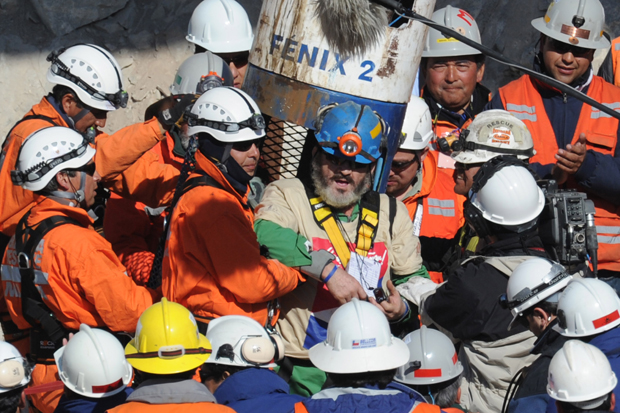
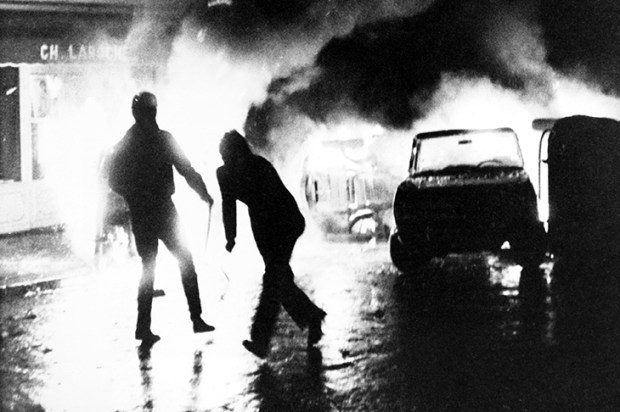
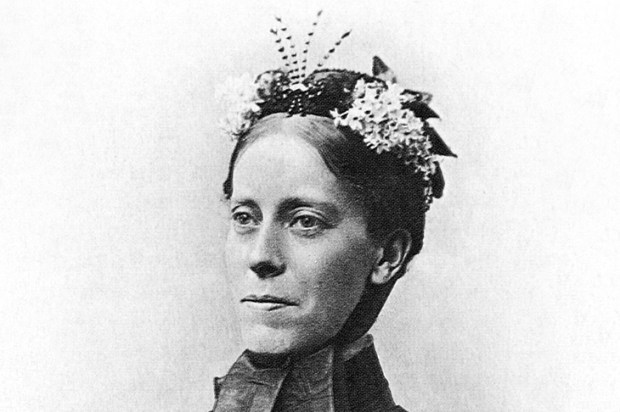
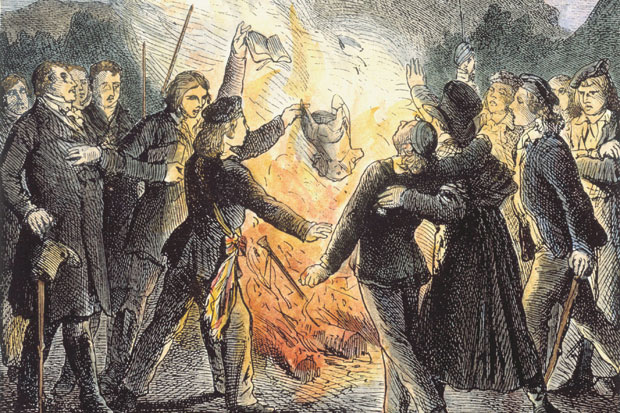
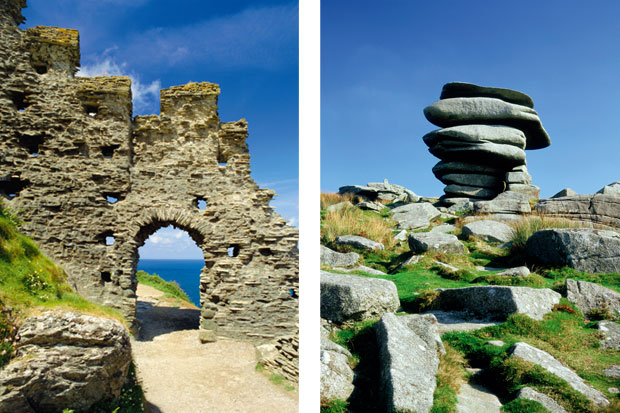
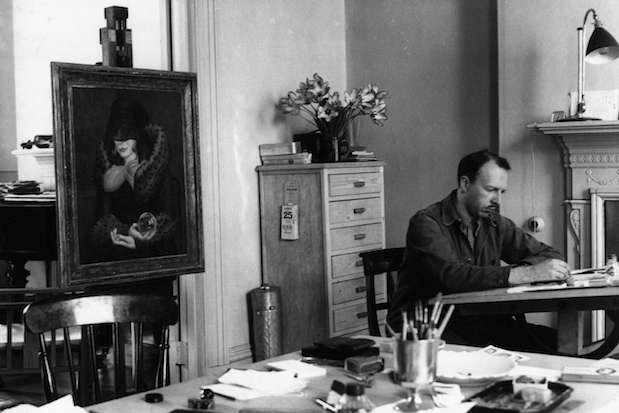







Comments
Don't miss out
Join the conversation with other Spectator Australia readers. Subscribe to leave a comment.
SUBSCRIBEAlready a subscriber? Log in